Software licenses can be a complex and confusing topic. But they’re also an important part of IT governance. By following a few simple best practices, you can ensure that your organization is compliant with software license agreements and that you’re not wasting money on unused licenses. In this article, we’ll provide you with the best […]
Category: Software License Management

Software Licensing Costs
Software licensing is a critical part of any IT environment. But it can also be a major expense. However, many businesses are left scratching their heads when it comes to software licensing costs. With so many different licensing options available, it can be tough to know which one is best for your business and how […]

What is Software License Management?
Do you know how many software licenses your business has? Do you know how many of those licenses are actually being used? If you don’t, you’re not alone. Many businesses struggle to keep track of their software licenses. However, this can be a problem with a number of avoidable consequences. It is, therefore, important for […]
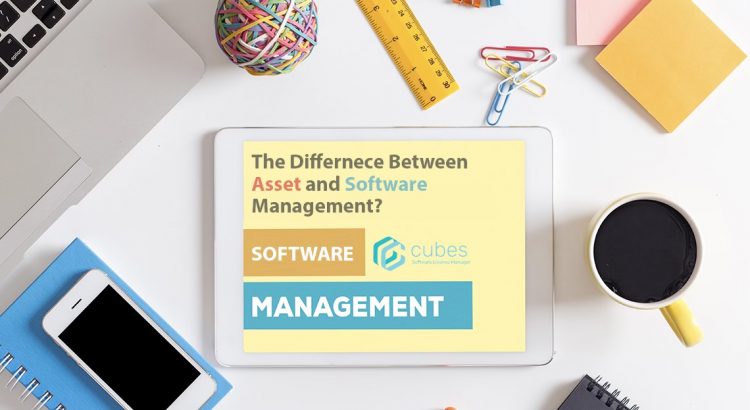
The Difference Between AMS (Asset Management Software) and SAM (Software Asset Management)?
Asset management software, is a tool designed to help businesses and organizations track and manage their physical and digital assets throughout their lifecycle. These assets can include tangible items such as computers, office equipment, machinery, vehicles, and furniture, as well as intangible assets like software licenses, patents, and warranties. The primary functions of Asset Management […]
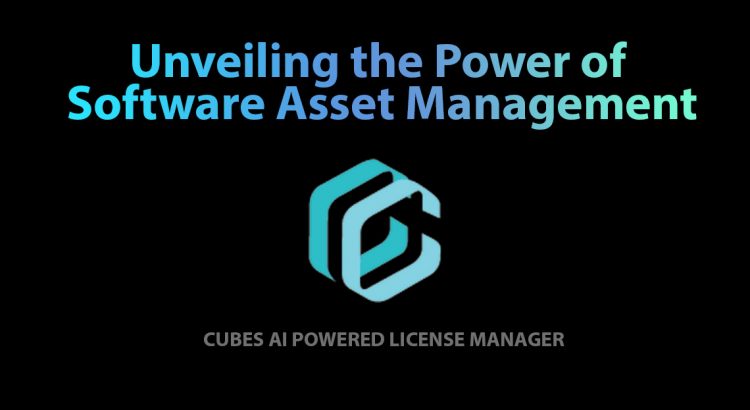
Unveiling the Power of Software Asset Management
In today’s fast-paced digital landscape, businesses heavily rely on software solutions to drive their operations. However, managing a multitude of software assets can quickly become overwhelming, leading to inefficiencies, financial risks, and compliance challenges. That’s where Software Asset Management (SAM) comes into play. In this blog post, we will explore the concept of Software Asset […]
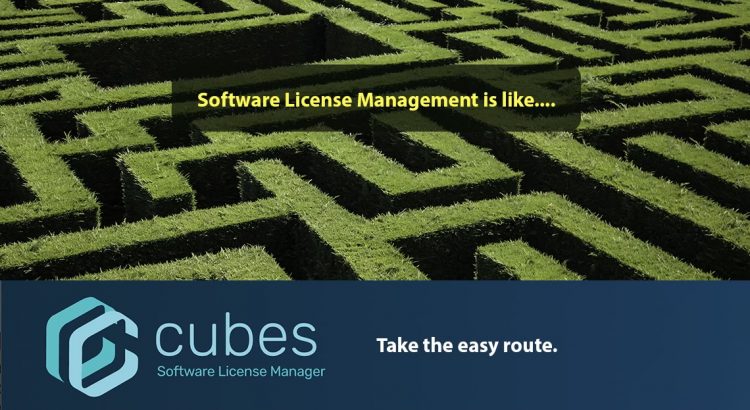
Make Software License Management Easy
In today’s technology-driven world, managing software licenses has become a critical aspect of business operations. As organizations grow and adopt various software applications, the task of tracking licenses, ensuring compliance, and optimizing costs can quickly become complicated. Almost hair-pulling complicated! This is where software license management solutions come into play. In this article, we will […]
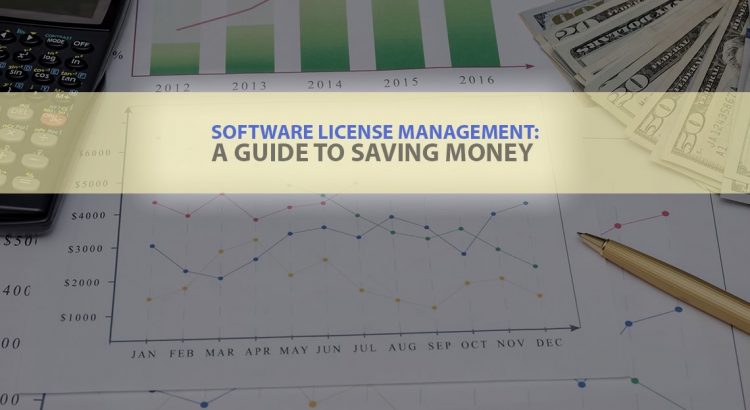
Software License Management: A Guide to Saving Money
Software License Management helps to identify cost-saving opportunities and avoid unnecessary expenses.
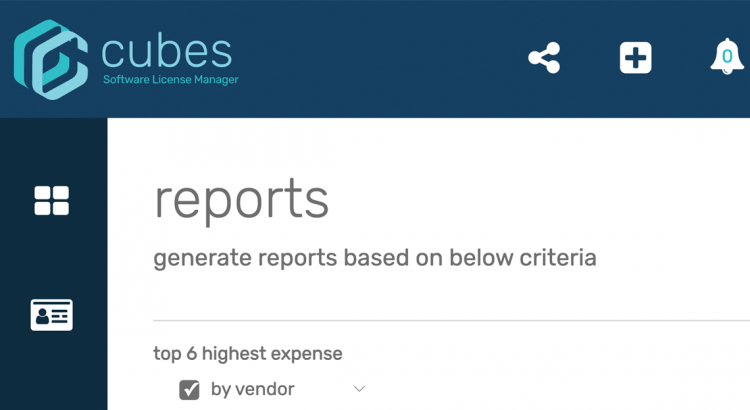
License Management Software for Effective Software Asset Management
Software asset management (SAM) is a critical practice for businesses of all sizes. It involves managing and optimizing software assets to ensure compliance, reduce costs, and enhance operational efficiency. However, manual license tracking and compliance can be complex and time-consuming, leading to significant challenges for organizations. This is where license management software comes into play, […]
Manage Your Company’s Software and Subscriptions from One Place: Cubes, License Manager
Keep track of your company’s software and subscriptions with Cubes, the comprehensive software license manager. Streamline your operations with ease! As a business owner or IT administrator, you know how difficult it can be to keep track of all the software and subscriptions your company uses. From licenses to renewals, it can quickly become overwhelming. […]
Stay on Top of All Your Subscription Payments with a Software License Manager
A software license manager helps you manage your subscription payments and stay on top of all your licenses. Learn more about this tool and its benefits. As businesses and individuals increasingly rely on software for their daily operations, managing software licenses and subscription payments can become a tedious and time-consuming task. Failure to manage licenses […]
